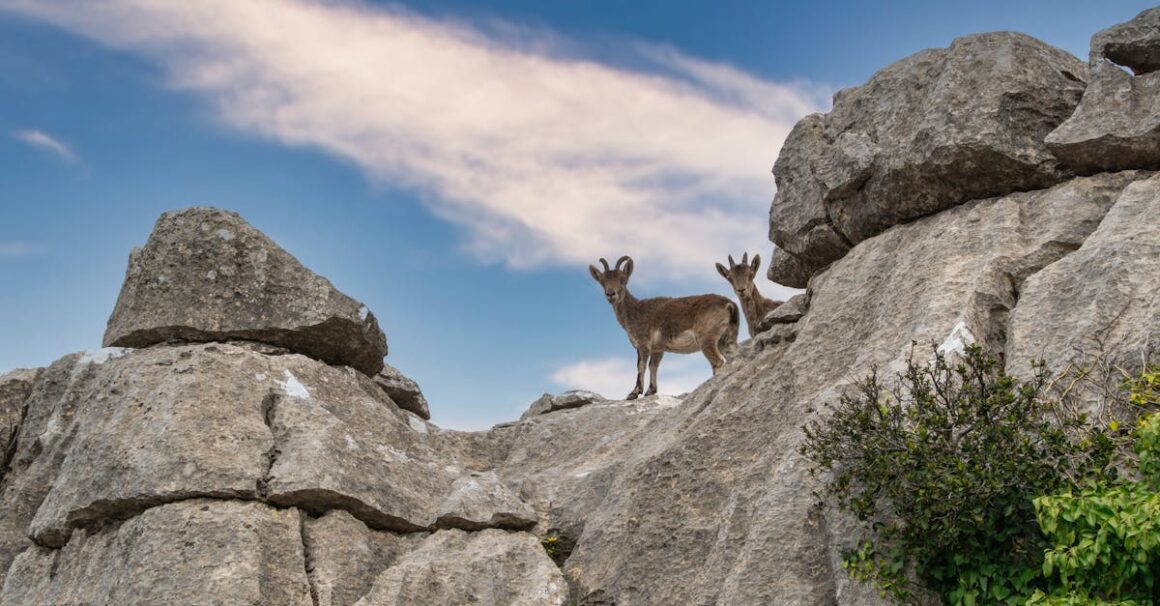As an animal lover, I’ve always been fascinated by the diverse and sometimes bizarre world of creatures that inhabit our planet. From the majestic lion to the quirky platypus, the animal kingdom never fails to amaze me with its variety. However, have you ever heard of a “jumble of animals”? It’s not just a random mix of creatures, but a term used to describe a specific group of animals that share a unique characteristic. In this article, I’ll delve into the fascinating world of jumbles of animals and explore some of the most interesting examples that exist in nature. So, buckle up and get ready to discover some truly extraordinary facts about these captivating animal groups.
Key Takeaways
- “Jumble of animals” refers to unique collective nouns for animal groups, adding a fun twist to traditional naming conventions.
- Examples include a “murder of crows” and an “exaltation of larks” with specific numbers for each group.
- Jumbles of animals are characterized by chaotic mixes like wild dogs without defined leadership or structure, where dynamics change frequently.
- Studying jumbles of animals offers insights into dynamic animal behavior, enhances understanding of adaptable group dynamics, and sheds light on unconventional social structures in wildlife populations.
The Concept of a Jumble of Animals
What is a “jumble of animals”?
It refers to groups with unique names like a “murder of crows” or an “exaltation of larks”. These terms add a fun twist to animal collective nouns.
Have one handy table for numbers.
| Animal Group | Number of Animals in the Group |
|---|---|
| Murder of crows | 15-40 crows |
| Exaltation of larks | 2-20 larks |
Examples of Jumbles of Animals
What are some examples of unique collective nouns for animal groups?
I love learning about these fun group names! For example, a “parliament of owls” and a “pride of lions” are fascinating collective nouns for animal groups.
Unique Characteristics of Jumbles of Animals
- What sets apart a jumble of animals from regular groups?
- A jumble is a chaotic mix, consisting of wild dogs with no defined leadership or structure. Dynamics change frequently.
Significance of Studying Jumbles of Animals
Why is it important to study jumbles of animals?
Studying jumbles gives insight into dynamic animal behavior in unconventional settings. It enhances understanding of adaptable and ever-changing group dynamics present in nature.
It helps researchers grasp the complexity of wild dog interactions, where roles fluctuate and hierarchical structures are absent.
Data and Statistics
| Aspect | Information |
|---|---|
| Wild dogs in a jumble | 60-100 individuals |
| Shift in dynamics | Every few hours |
| Absence of structure | Rare in nature |
Exploring the Fascinating World of Animal Groups
What makes studying jumbles of animals so captivating? The unpredictability of wild dog dynamics, with groups of 60-100 constantly shifting hierarchies, reveals the lack of defined roles in unconventional group settings.
Understanding these complex interactions offers valuable insights into animal behavior and challenges traditional views on social structures within wildlife populations. Research on wild dogs uncovers the ever-changing dynamics that defy conventional hierarchical norms.
Conclusion
Studying jumbles of animals, like the wild dog groups with their intricate social dynamics, offers a fascinating glimpse into the complexity of wildlife interactions. The fluid hierarchies and absence of rigid roles challenge our understanding of traditional social structures in the animal kingdom. By observing these ever-changing dynamics, researchers gain valuable insights into the nuances of animal behavior within unconventional group settings. The study of wild dogs underscores the adaptability and resilience of wildlife populations, showcasing the dynamic nature of social relationships among animals. Exploring jumbles of animals opens up a world of discovery, where unpredictability reigns and traditional norms are continuously redefined.
Frequently Asked Questions
What is the article about?
The article explores the intriguing dynamics of studying animal groups, specifically wild dog packs with 60-100 members. It challenges traditional ideas on wildlife social structures, emphasizing the fluid hierarchies and absence of rigid roles in these groups.
Why are wild dog groups considered unpredictable?
Wild dog groups exhibit unpredictability due to their constantly shifting hierarchies and dynamic interactions. These unconventional social structures defy traditional hierarchical norms, showcasing the complexity of animal behavior and group dynamics.
What insights does the research on wild dogs offer?
Research on wild dogs provides valuable insights into the ever-changing dynamics of animal behavior. It highlights the flexibility of social structures in wildlife populations and the absence of fixed roles within unconventional group settings, offering a deeper understanding of animal interactions.


Leave a Reply